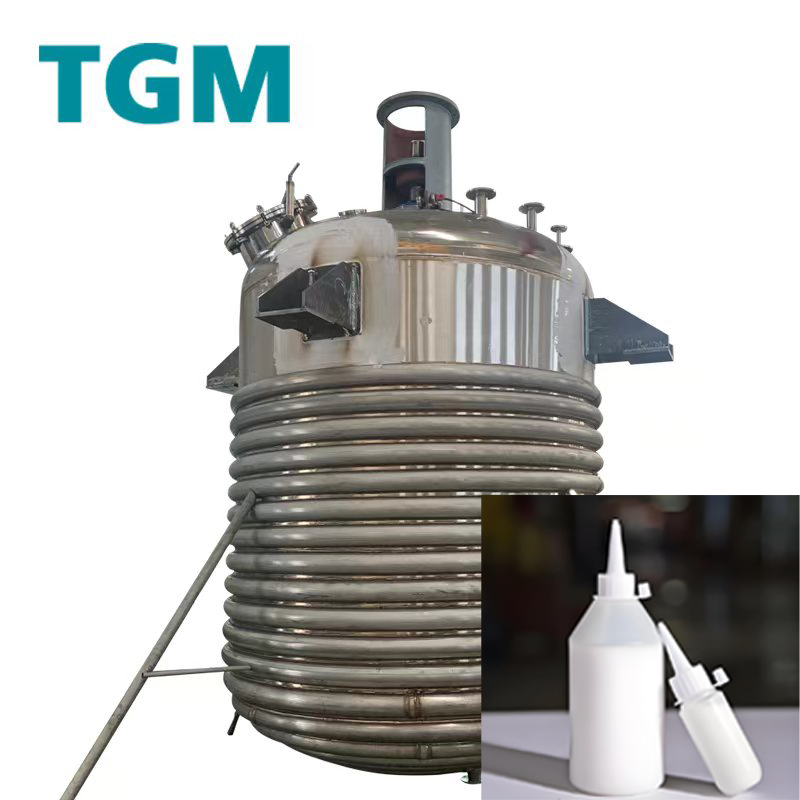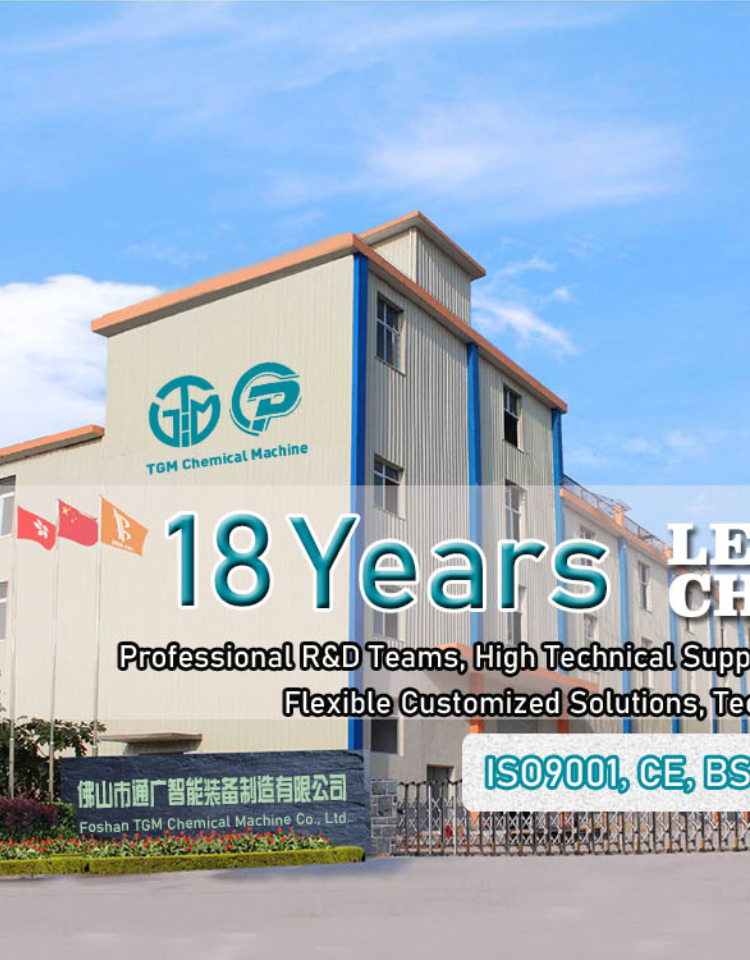Email cannot be empty
Password cannot be empty
Email format error
Email cannot be empty
Email already exists
6-20 characters(letters plus numbers only)
The password is inconsistent
Email format error
Email cannot be empty
Email does not exist
6-20 characters(letters plus numbers only)
The password is inconsistent


White Glue Production Line: A Comprehensive Guide
Introduction
White glue, also known as PVA (polyvinyl acetate) glue, is one of the most widely used adhesives in households, schools, and industries. Its versatility, non-toxicity, and strong bonding properties make it a staple product. But have you ever wondered how white glue is manufactured?
In this blog post, we’ll explore the white glue production line, detailing the key steps, machinery, and quality control measures involved in making this essential adhesive.
1. Raw Materials for White Glue Production
The primary ingredients in white glue include:
-
Polyvinyl Acetate (PVA) Emulsion – The main adhesive component.
-
Water – Acts as a solvent to adjust viscosity.
-
Plasticizers (e.g., dibutyl phthalate) – Enhances flexibility.
-
Preservatives – Prevents microbial growth.
-
Thickeners (e.g., cellulose derivatives) – Adjusts consistency.
-
Defoamers – Reduces foam during mixing.
2. The White Glue Production Process
Step 1: Pre-Mixing
-
Water and PVA emulsion are loaded into a high-speed mixer.
-
Other additives (plasticizers, preservatives) are gradually added while stirring.
Step 2: Homogenization
-
The mixture is transferred to a homogenizer or colloid mill to ensure a smooth, uniform consistency.
-
This step prevents clumping and improves adhesive performance.
Step 3: Viscosity Adjustment
-
Thickeners are added to achieve the desired viscosity.
-
The mixture is stirred continuously to maintain uniformity.
Step 4: Defoaming & Deaeration
-
A vacuum defoaming machine removes air bubbles, ensuring a smooth final product.
Step 5: Quality Testing
-
Samples are tested for:
-
Viscosity (using a viscometer)
-
pH level (optimal range: 4.5–7.5)
-
Adhesion strength (peel and shear tests)
-
Step 6: Filling & Packaging
-
The glue is pumped into bottles, tubes, or bulk containers using an automatic filling machine.
-
Labels and caps are applied before packaging for distribution.
3. Key Machinery in a White Glue Production Line
| Machine | Function |
|---|---|
| High-Speed Mixer | Blends raw materials uniformly |
| Homogenizer/Colloid Mill | Ensures smooth texture |
| Vacuum Defoamer | Removes air bubbles |
| Storage Tanks | Holds glue before filling |
| Automatic Filling Machine | Fills bottles/tubes precisely |
| Labeling & Capping Machine | Seals and labels finished products |
4. Quality Control in White Glue Manufacturing
To ensure consistency and performance, manufacturers conduct:
✔ Batch Testing – Checks viscosity, pH, and drying time.
✔ Adhesion Tests – Measures bond strength on different materials.
✔ Stability Testing – Ensures long shelf life without separation.
5. Environmental & Safety Considerations
-
Wastewater Treatment – Residual glue and chemicals must be filtered before disposal.
-
Ventilation Systems – Prevent fume accumulation in production areas.
-
Non-Toxic Formulations – Especially important for school and child-safe glues.
Conclusion
The production of white glue involves precise mixing, homogenization, and stringent quality checks to ensure a reliable adhesive. With advancements in automation, modern production lines can manufacture thousands of glue bottles per hour efficiently.
Whether for crafts, woodworking, or industrial use, white glue remains a fundamental adhesive—and understanding its production process highlights the engineering behind this everyday product.

